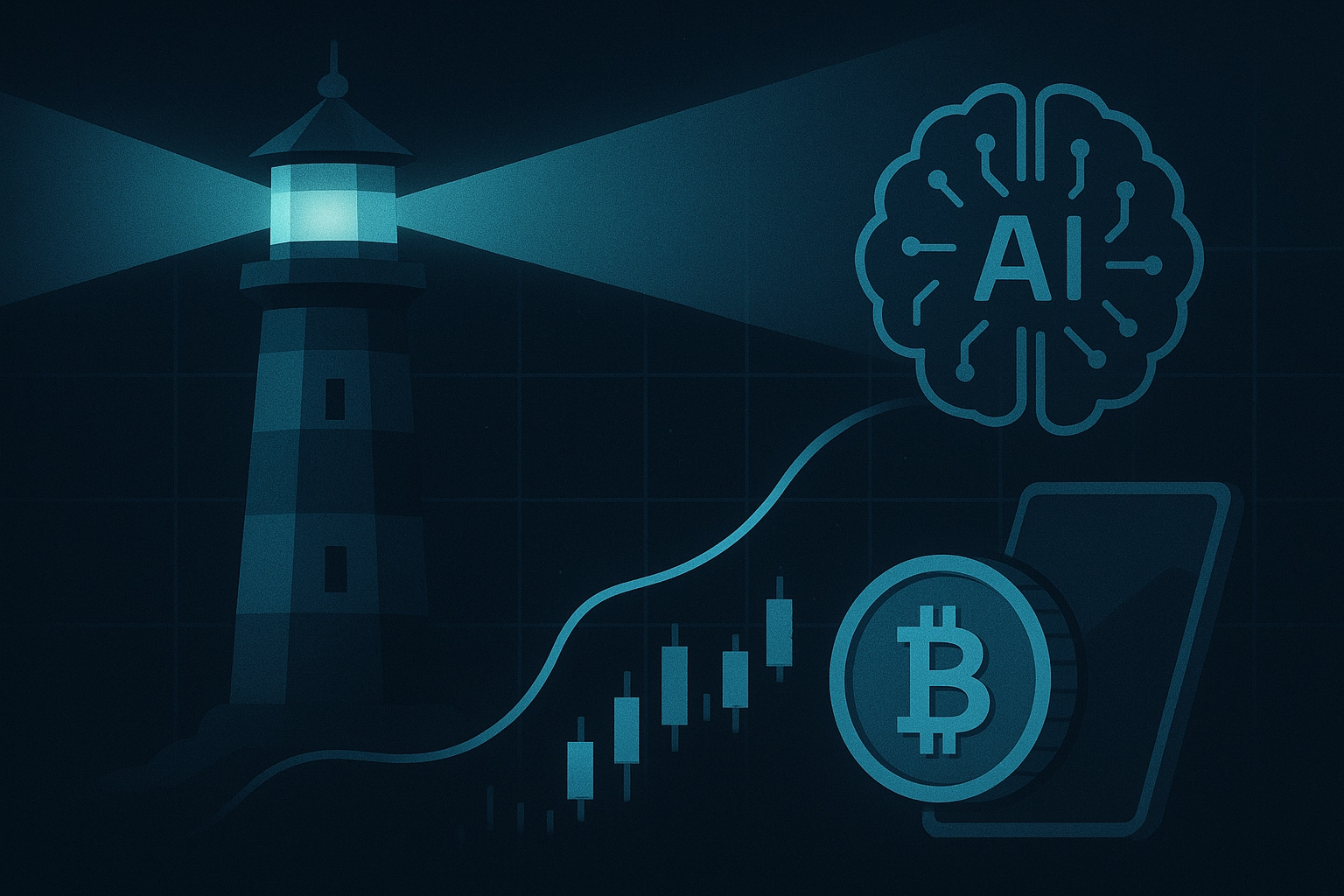In the world of trading, the word “slippage” has a unique significance. It's not about slipping on a wet floor or a mistake in judgment, but rather an unexpected change in the price of a trade. We'll look at why it happens, how it affects your trades, and how to deal with it. Whether you're new to trading or just want to learn more, we're here to help with clear advice and easy-to-follow tips. Let's get started!
What is Slippage?
Slippage happens when a trade's execution price differs from its requested price. Slippage is a factor that can affect trade outcomes and profits. It is a hurdle that traders encounter in the evolving trading landscape. This can happen at any time, although it is more common during times of high volatility. Slippage occurs when there is not enough supply to meet demand at a specific price.
Suggested Reading: What is Profit and Loss (PNL) and How to Calculate it?
Indeed, slippage isn't always negative. Depending on the transaction variations, it can sometimes lead to profits.
Cause of Slippage
Market Volatility
Market volatility is the primary trigger for slippage, characterized by unpredictable price fluctuations. This effect is particularly noticeable in fast-paced markets like cryptocurrencies. Prices can change, creating a delay between the initiation of a trade and its execution. It may cause the trades to be done at different price points than intended.
Lack of Liquidity
Liquidity is a big issue in the exchange market. Small trades in a low-liquidity market can cause price volatility when only a few people are prepared to purchase or sell at a given price. Traders need more time to find a counterpart willing to accept their offer. In the meantime, the price could shift during that time. The long delay between placing and executing an order forces traders to accept the lower price.
Order Size
The size of a trade can also cause slippage. Large trades, often referred to as "block trades," can have a significant impact on the order book. When a large order is made, it can deplete the available liquidity at a given price level. As a result, future trades are forced to fill at worse prices, leading to slippage.
Slippage in Trading
Slippage is a powerful force. It plays an important role in both traditional financial markets and cryptocurrencies. Its impact varies according to the complexity of each market's characteristics. The Brexit Vote of 2016 is one popular example of slippage in trading.
Brexit Vote 2016: Unveiling Slippage Amidst Volatility
The 2016 Brexit Vote is a perfect example of the impact of slippage in high-volatility events. This event highlighted the significance of the British Pound, resulting in high fluctuations. During this chaos, slippage became an important issue.
For instance, a trader sets a stop-loss order on GBP/USD at 1.3500, but the market does not cooperate. Rapid declines and gaps cause the order to be executed at 1.3200 or lower instead of the intended 1.3500. The result highlighted slippage's role in market turmoil.
Traders faced challenges due to unexpected execution prices, leading to higher losses. Even stop losses are not preventing slippage during this time.
Uncovering Slippage in the Cryptocurrency Market
The cryptocurrency market is known for its volatility, long trading hours, and wide range of liquidity. These factors create an environment where slippage plays a role. Slippage can occur in scenarios that present both opportunities and challenges for traders.
High Volatility in the Cryptocurrency Market
In this dynamic arena, breaking news or influential individuals can cause slippage anytime. Let's imagine a trader who plans to buy Bitcoin for $10,000. Yet within seconds, an influencer's tweet causes the price to spike to $10,500. As a result, slippage becomes prominent. Trades are executed at higher levels than intended. This impacts traders' portfolios, leading to losses or missed profit opportunities.
Liquidity Differences
Not all digital currencies are valued as much as Bitcoin. Some lesser-known currencies have liquidity problems because only a few people use them. Traders may end up paying a greater price when completing a market order since no one is ready to buy.
Exchange Differences: Liquidity's Shifting Landscape
In cryptocurrency trading circles, liquidity adjusts based on user activity across exchanges. Picture Bitcoin, which's worth $10,000, on one exchange soaring higher to $10,050 on another platform. The way exchanges work impacts liquidity. These fluctuations are critical for traders looking for arbitrage opportunities. Any unexpected changes might reduce profits.
Mitigating Slippage
Navigating the unpredictability of slippage needs a tactical approach that traders can leverage. Here are some helpful strategies to reduce slippage and optimize trade execution:
- Limit orders: Consider limiting orders to protect yourself against unexpected price changes. You can set a maximum price for selling or a minimum price for buying. This gives you extra leverage while protecting you from poor price execution.
- Understand the market depth: Understanding the exchange dynamic will help you predict the true value of the market. With this knowledge, you can make judgments based on understanding to avoid slippage.
- Create optimal order sizes: When doing block trade, try to break your transaction into several orders. You may keep the market in balance by breaking large orders. Furthermore, this approach could help you in reducing slippage risk.
- Time your moves wisely: Execute your transaction when liquidity is high and uncertainty is low. During this time, you will find plenty of counterparts ready for business.
Technology Solution
Technology comes in as an important partner in dealing with slippage. Here are some innovative technology options for traders to wield to their advantage:
Algorithmic Trading
Algorithmic trading has emerged as a tool to protect against slippage. By using programmed strategies, traders can avoid the drawbacks of manual execution. These algorithms are designed to analyze market conditions and execute trades at prices. This automated precision reduces the time delay between initiating an order and executing it. This can minimize the chances of price shifts caused by slippage.
Slippage Protection Tools
Slippage-protecting technology can protect your trades from price fluctuations. These tools work by setting the accepted price limit for making transactions. They act as virtual safety nets to keep the trades within desired parameters to reduce slippage.
Some exchanges provide tools that might help traders minimize slippage. If you plan to enter the futures market with a strategy that is sensitive to slippage, these services might be useful to you
- Direct Market Access (DMA): DMA enhances fill quality and trade execution. DMA allows you to send orders directly to the exchange, removing the need for a middleman.
- Order Hosting: In client-side hosting, orders are stored locally on the traders’ computer before being filled in the market. Due to the nature of trading, this approach may increase the likelihood of slippage. Server-side hosting can solve this problem by allowing orders stored at the exchange.
- Automation: You can automate your order placement to reduce delay and slippage. This technique is used using broker-provided co-located servers, boosting precision even further
- Time-Weighted Average Price (TWAP) tools: TWAP tools can help traders to execute larger orders over a specific period. It can reduce the impact of trade on the market and minimize slippage.
AI-Trading Signals
AI-assisted trading technology - such as Walbi Lighthouse - can potentially help with slippage. AI’s predictive signals use execution algorithms to help traders improve key performance metrics like slippage. Furthermore, AI’s vast historical data source can show high-frequency traders patterns that they will recognize, allowing them to hopefully avoid it in the future. Previously, this was called backtesting and backtesting is made all the more easier via AI.
Conclusion
Trading can be like a puzzle sometimes, especially when things like slippage happen unexpectedly. But, if you know what slippage is, why it happens, and how it can affect your trades, you're already on the right track. By using simple tools and strategies like setting a fixed price for buying or selling, getting to know the market better, and using helpful tech tools, you can handle slippage better. Always remember, in trading, being prepared and informed is key. So, keep learning, stay ready, and you'll be able to tackle any trading challenge that comes your way.




